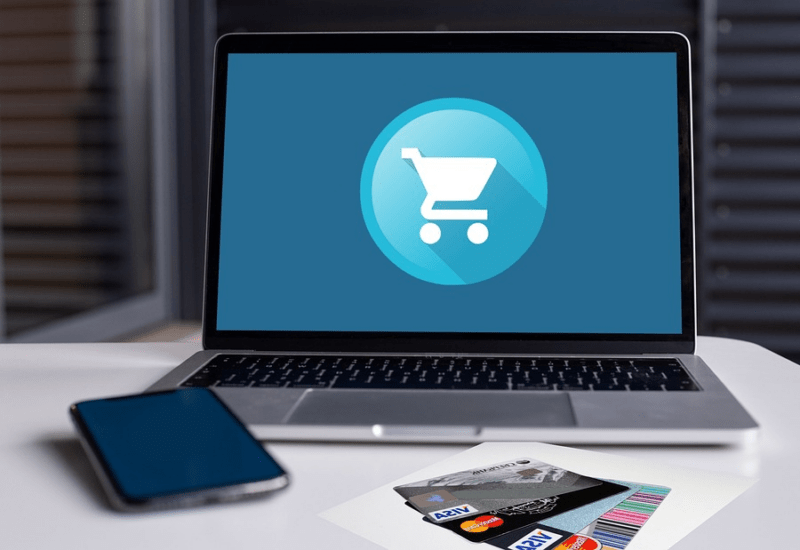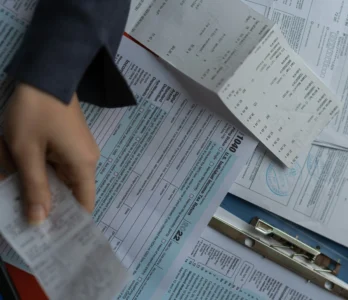According to the AFP’s 2024 report, payment fraud in the U.S. increased by 15% between 2022 and 2023. Surveys also show that 64% of adults in the U.S. have experienced credit card fraud as of September 2023. The statistics revealed that credit card fraud accounted for the largest share of financial crimes in the U.S.
As bad actors continue to develop sophisticated defrauding tactics, learning how to keep credit card information safe is crucial. In this article, we explore how to protect your credit cards, what to do if credit card fraud occurs, and how to keep your funds safe from fraud risks.
Is It Safe To Use a Credit Card Online?
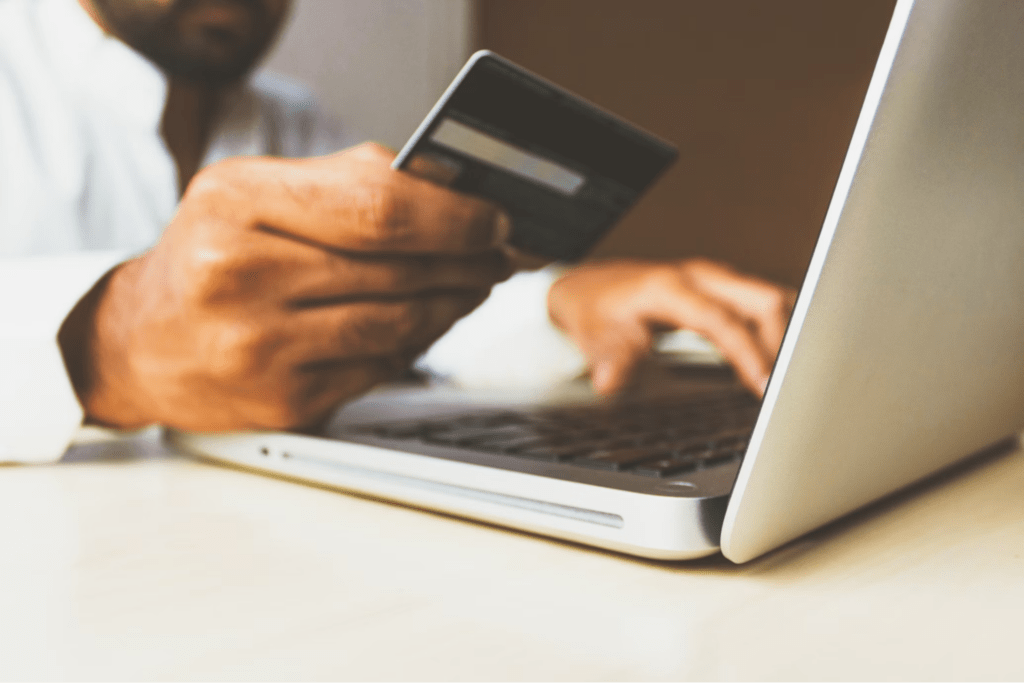
For the most part, credit cards are one of the safest payment methods. This may come as a surprise since they are often involved in payment fraud.
Credit card companies are well aware of this fact, so they implement security measures to reduce payment risks, including hacking and financial fraud. They also have fraud monitoring systems to keep your accounts and personal information safe.
Many card issuers also offer zero liability to protect you if fraud occurs. The Fair Credit Billing Act limits your liability to $50, no matter how much the fraudster spends or how long it takes to discover and report the fraud.
Despite the stringent security measures, you’re not immune to fraudsters’ tactics and schemes whenever you use your card online. Fraudsters leverage various methods to steal your credit card information and use it to commit fraud, putting you at risk of identity theft, credit damage, debt accumulation, financial loss, and more.
Understanding these fraudulent tactics can help you prevent credit card fraud.
How Credit Card Fraud Occurs
Credit card fraud begins with fraudsters gaining illegal access to your credit card data and then using it to make unauthorized purchases. They access your information through different means, including the following:
| Information Theft Method | How It Works |
| Hacking/malware installation | Fraudsters hack into your account or install malware onto your device to capture your credit card information when you input it online |
| Phishing | Fraudsters sometimes pretend to be a familiar entity, such as your bank or credit card issuer, to trick you into disclosing your credit card data |
| Dark web purchase | Bad actors gain access to your information during a data breach and sell it on the dark web to criminals |
| Shoulder surfing | Criminals memorize or capture your credit card information by peeking over your shoulder when you’re trying to make a payment in public |
| Credit card theft | Thieves steal your physical card when you’re out in public or pick up a card you misplaced. They could also steal new credit cards from the mail |
| Card skimming | Criminals install a card skimmer at public ATMs or card reading machines to capture your card information from the magnetic strip on the back of the card |
Since there’s no foolproof method to prevent fraudsters from stealing your credit card data using any of these methods, taking proactive steps to protect credit card information is crucial.
How To Keep Your Credit Card Safe for Online Transactions

If you must use a credit card, implement the following safety practices to protect your credit card online:
- Learn what phishing attacks look like
- Use virtual burner cards
- Set up unique passwords and multifactor authentication
- Only use secure and reliable websites
- Avoid making transactions over public Wi-Fi networks
- Freeze your credit once you notice fraudulent activity
- Set up fraud alerts to monitor your account
Learn What Phishing Attacks Look Like
Fraudsters use phishing tactics to convince unsuspecting users to give up their credit card information. For example, they may call or email you, pretending to be from your bank or credit card company, to get you to disclose your financial information.
If you fall for these attacks, all other credit card safety practices become void. Learn the major types of credit card scams and phishing tactics to avoid them if they occur. Never give out sensitive credit card information, even if the entity claims to be a trusted party.
Use Virtual Burner Cards
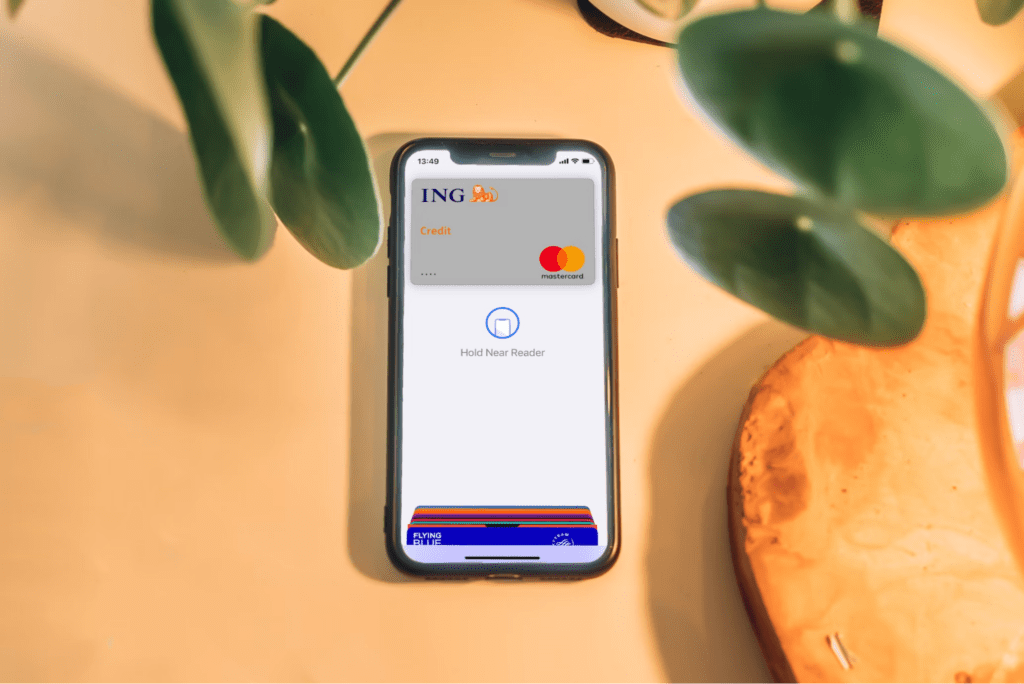
If you’re shopping online or making a one-time purchase, there’s no need to give the merchant long-term access to your credit card info—if a breach occurs in their organization, it puts your data at risk.
Instead, create a virtual one-time card for such transactions to limit how many vendors have your real information. Different online services allow you to set up such cards for free.
Set Up Unique Passwords and Multifactor Authentication
Protect all your financial accounts, including your credit card account, with a strong password. For adequate protection, it should consist of a combination of random symbols and lowercase and uppercase letters up to 14 characters long. Install and set up a one-time password authenticator to add another layer of security and prevent unauthorized access to your account.
Only Use Secure and Reliable Websites
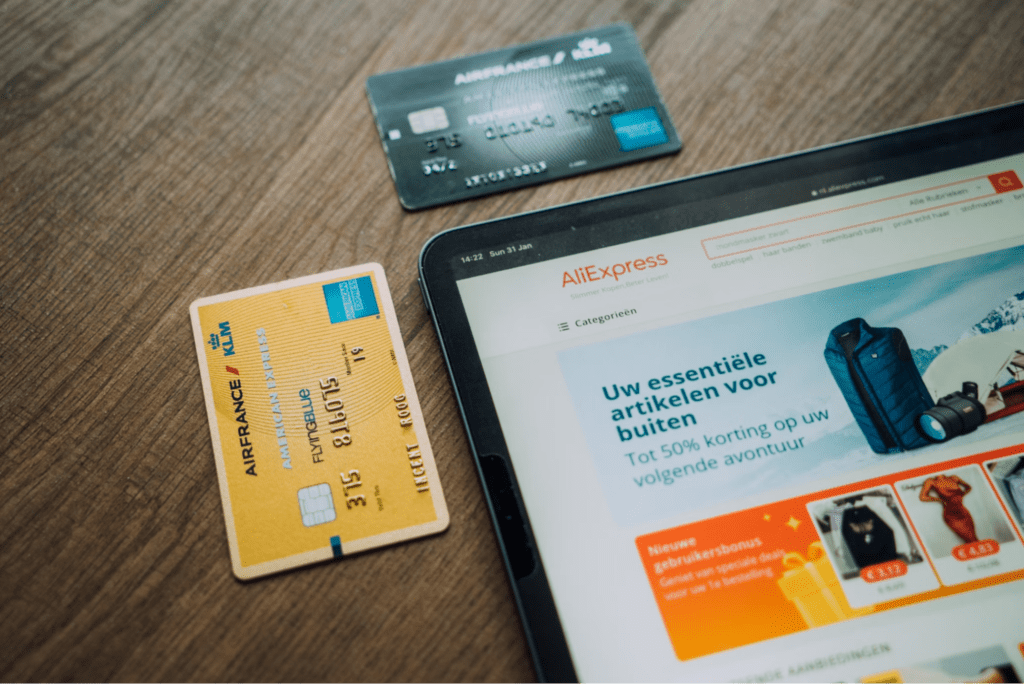
When shopping online or inputting your card details on a website, ensure that the site is trusted and reliable. Certain trust symbols indicate when an e-commerce site is secure, including:
- https (not http)—A site that uses https in the URL has an additional “secure” encryption to protect your card info when it’s parsed through the site
- Padlock symbol—The padlock symbol in the site’s address bar indicates the site is secured with a digital certificate. Information sent through the site cannot be intercepted and read by anyone else
Avoid Making Transactions Over Public Wi-Fi Networks
Public Wi-Fi is often vulnerable to hackers because it is unencrypted. When you use an unsecured network, hackers can easily intercept your financial transactions and steal your data.
They lurk in public places like airports, train stations, or supermarkets to lure you into connecting to their open Wi-Fi network. If you must use public Wi-Fi, activate a virtual private network (VPN) to protect your information from these bad actors.
Freeze Your Credit Once You Notice Fraudulent Activity
Review your credit account statement frequently to spot unauthorized activity quickly. If you do, immediately freeze your account for extra security. This stops new transactions from being processed but still allows existing recurring bills to go through. You can easily activate this via your credit card app.
Set Up Fraud Alerts To Monitor Your Account
If you misplace your card or suspect fraudulent activity, contact all major credit bureaus in the U.S. (Equifax, Experian, and TransUnion) to set up a fraud alert on your account. This will ensure all creditors contact you first to verify any attempts to set up a credit account in your name.
What To Do if Credit Card Fraud Occurs
If credit card fraud occurs, report it ASAP. The faster you do it, the easier it is to reduce the potential damage. Follow this process if credit card fraud happens to you:
- Contact your bank—Reach out to your bank or card issuer to inform them about the fraud occurrence on your account. They’ll freeze your account and share the next steps to take to mitigate the damage
- Report to the FTC and the police—The Federal Trade Commission (FTC) encourages fraud victims to report fraud cases via their website. They also recommend that you contact your police department and file a report about the incident. This report will be used as evidence when you file a fraud claim
- Move your funds out of your other accounts—Even though credit cards are usually not linked to a bank account, if a fraudster has your financial information, they can easily breach your savings or checking account. This is why experts advise that you move your savings from your regular account to a security-focused savings platform like FortKnox
